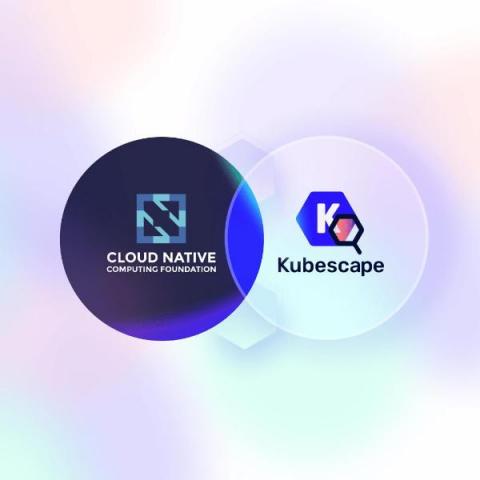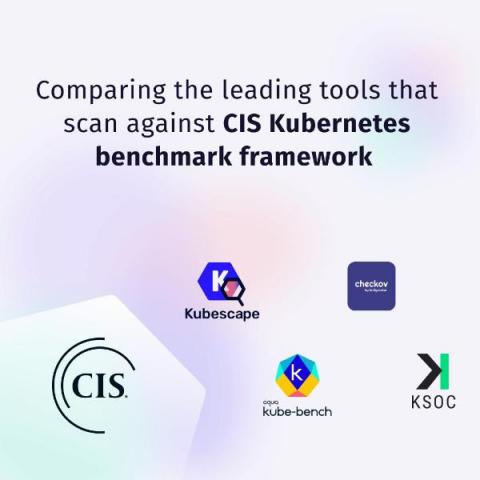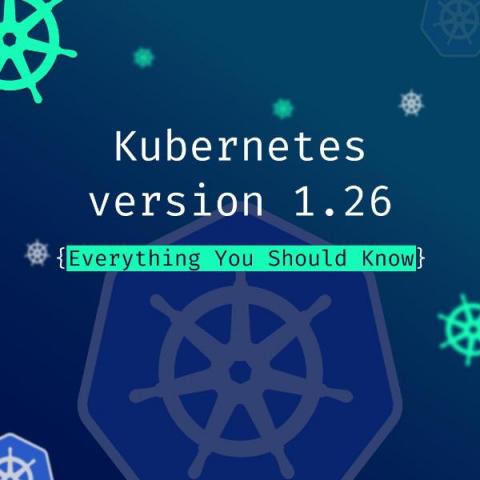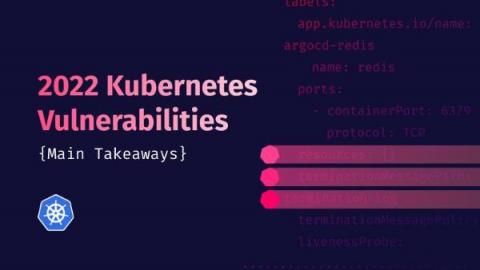Security gaps in a Managed Kubernetes Environment
In this article, we examine the impact of a shared responsibility model on end-user security administration in managed Kubernetes environments. We also explore typical difficulties and effective methods for securing these environments.











